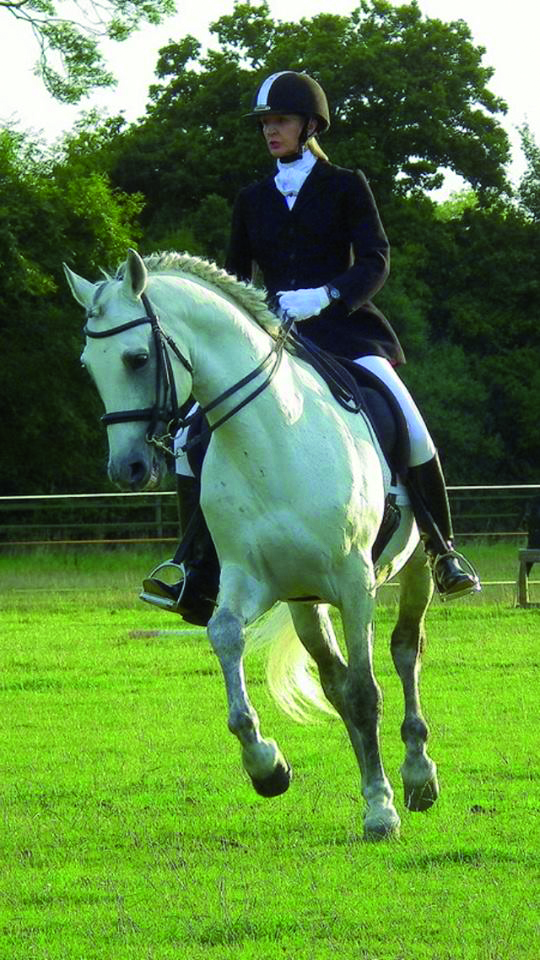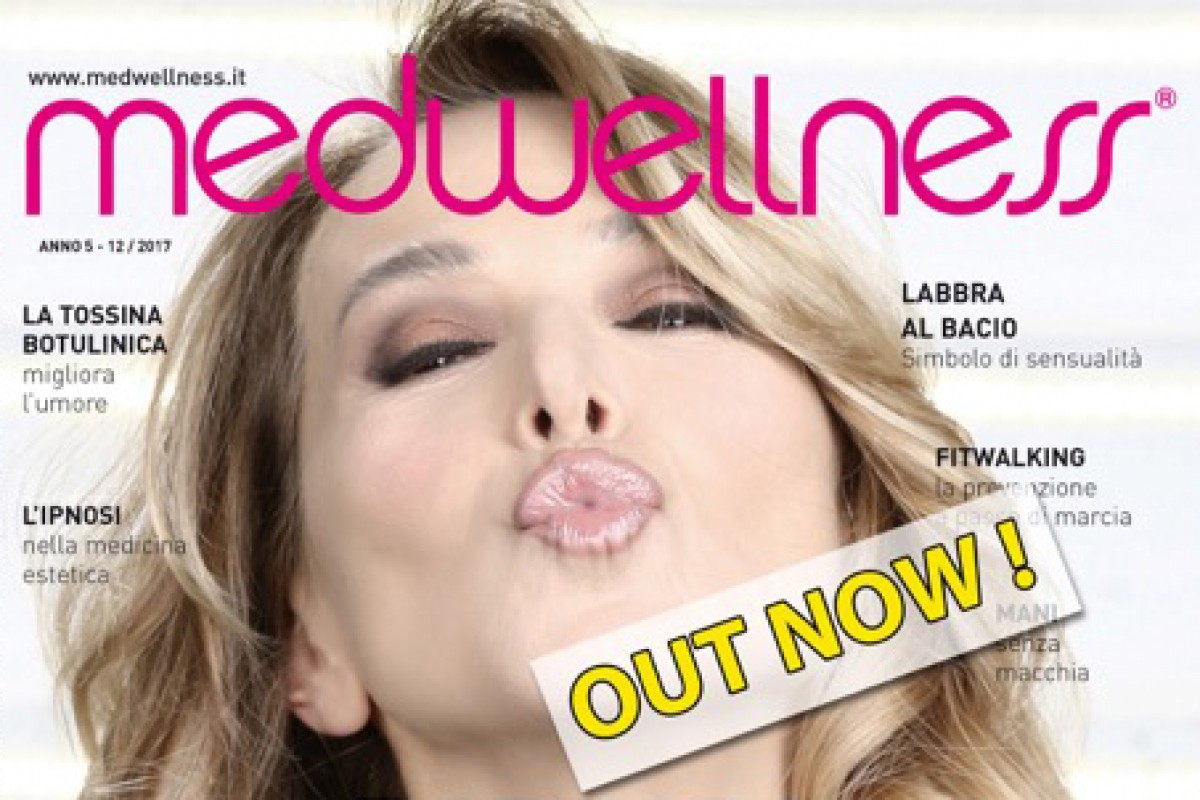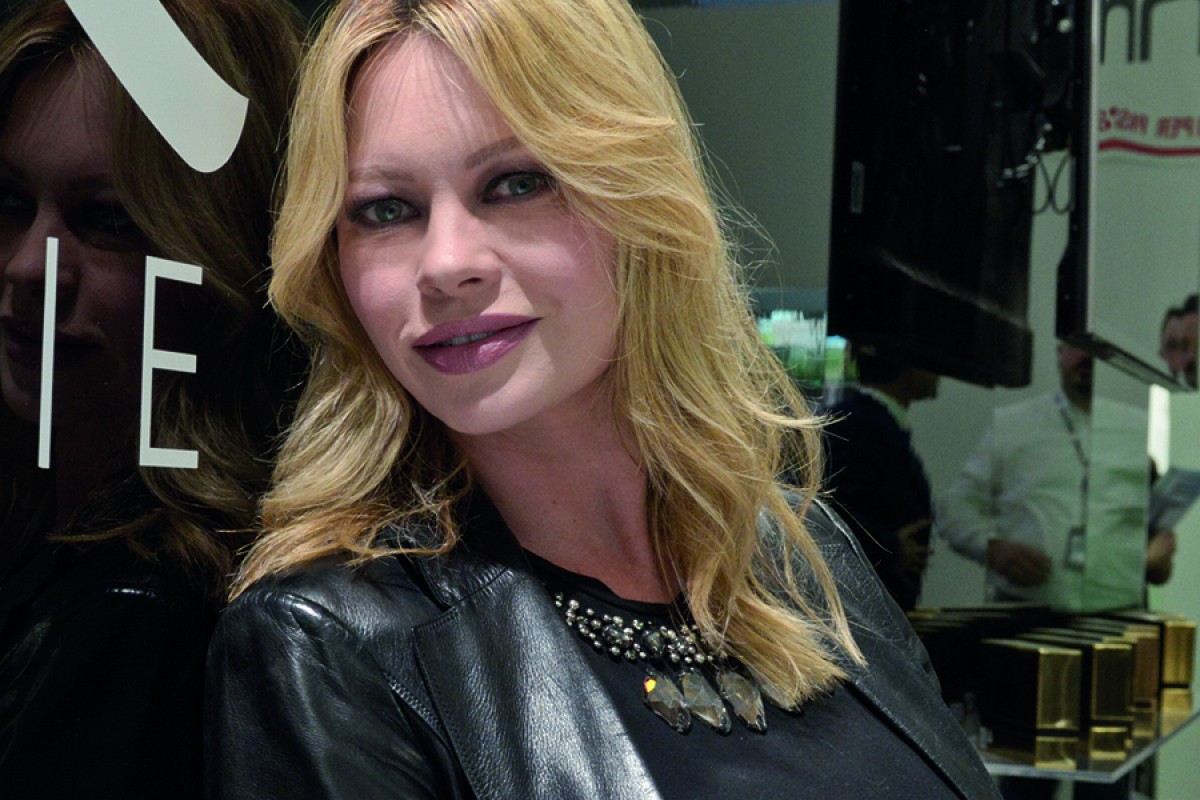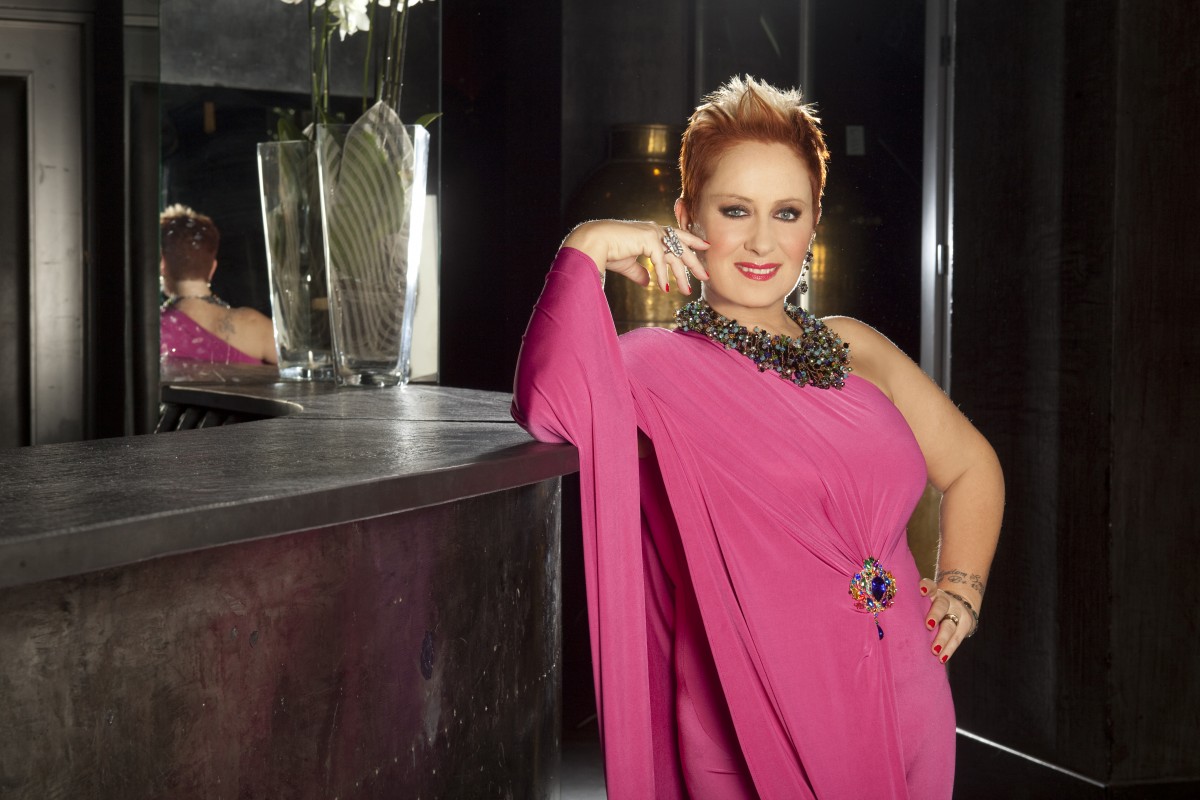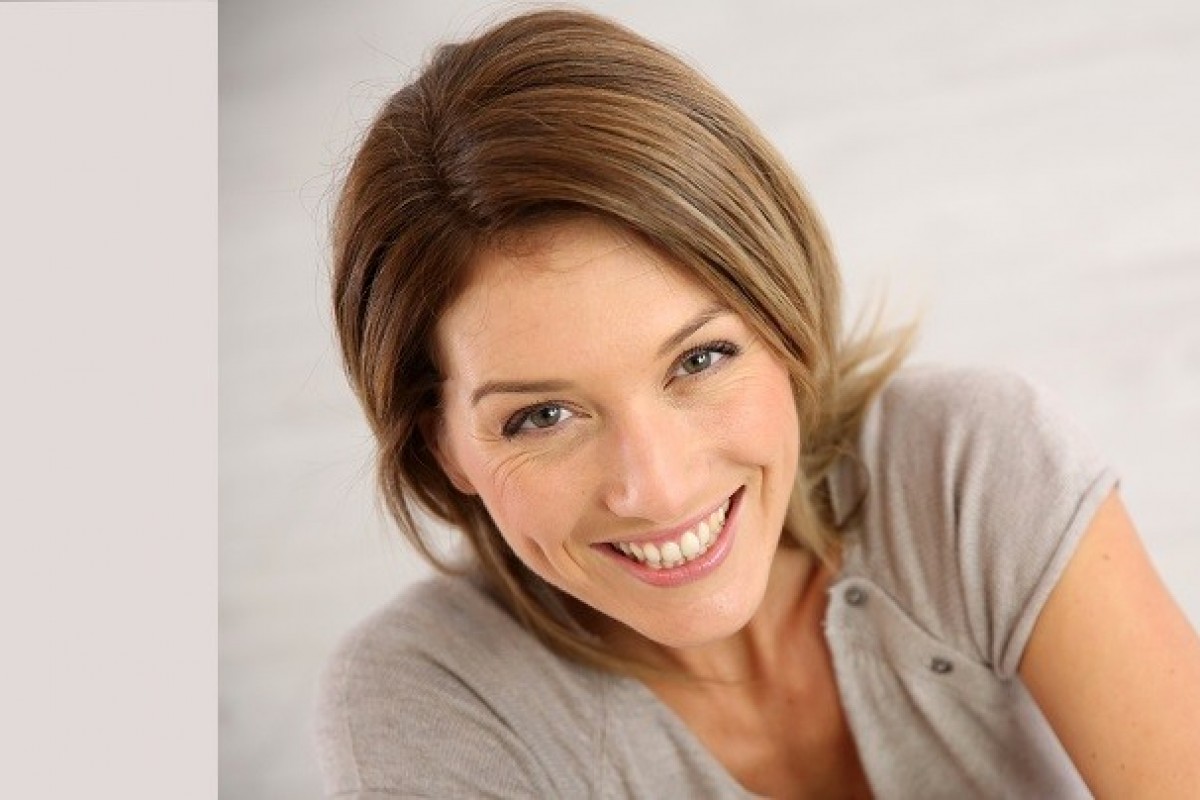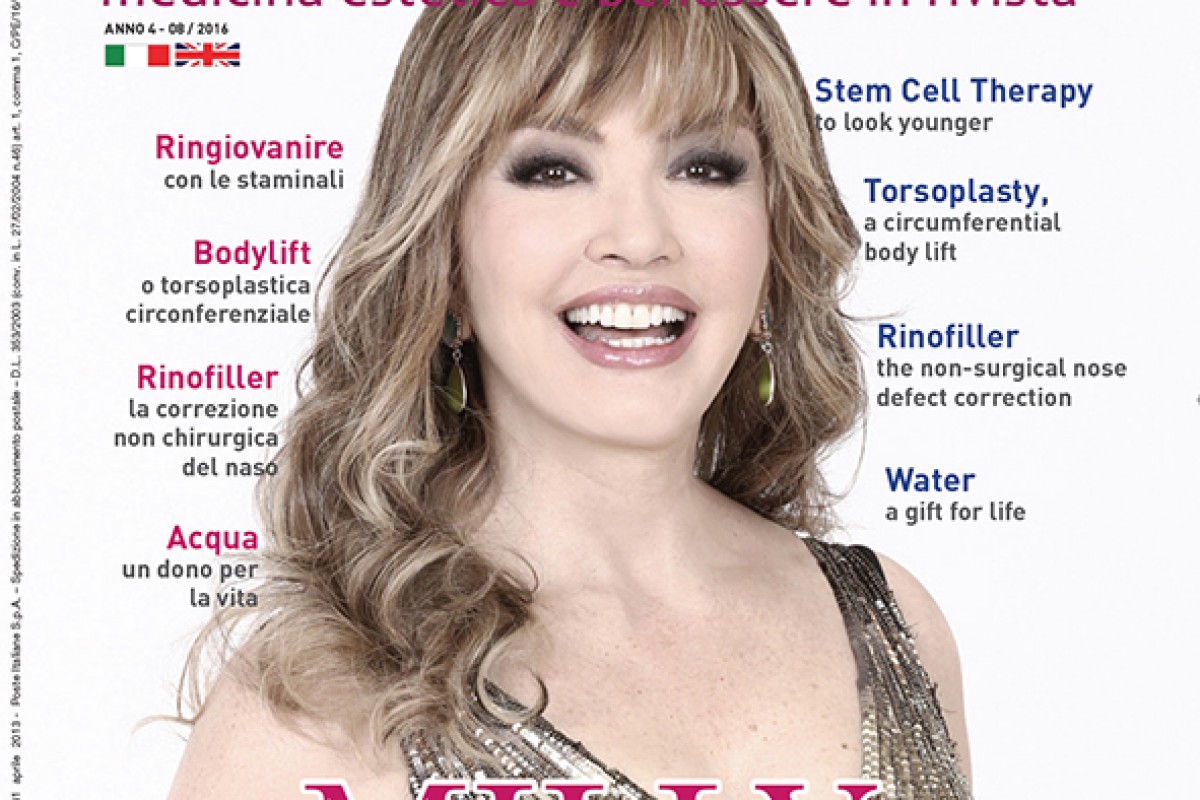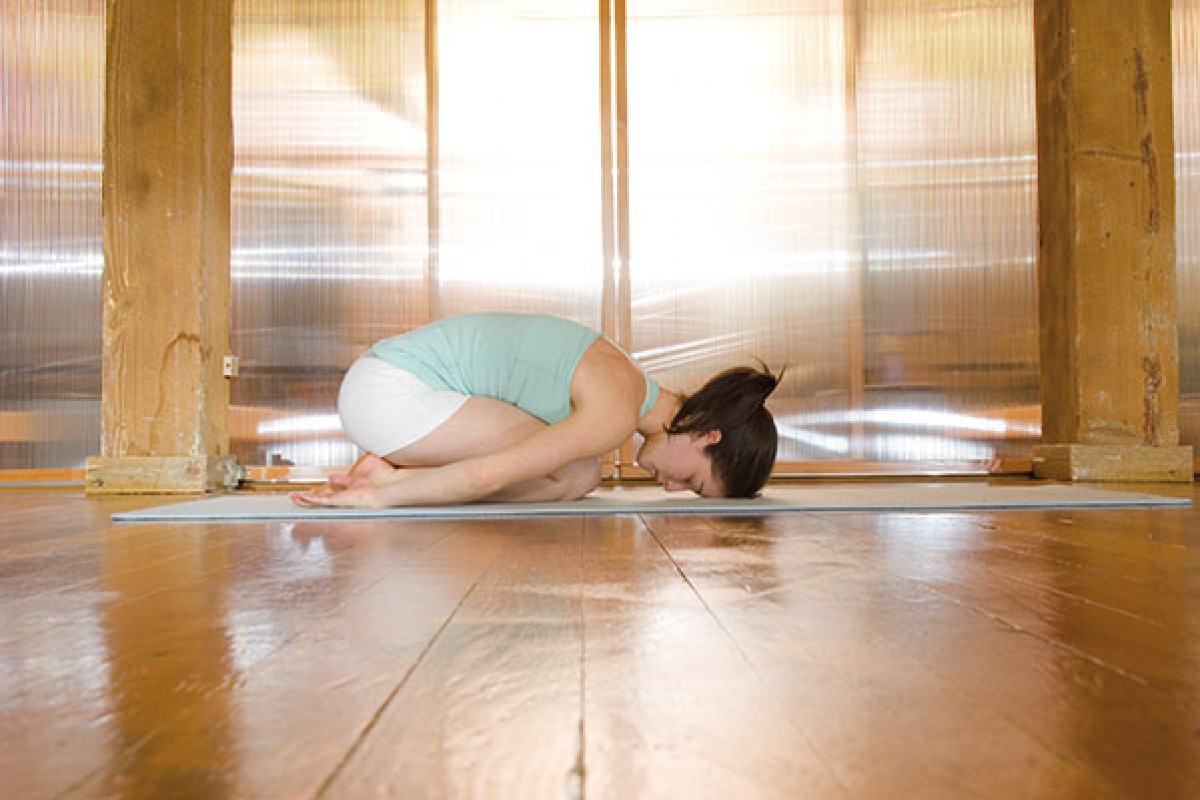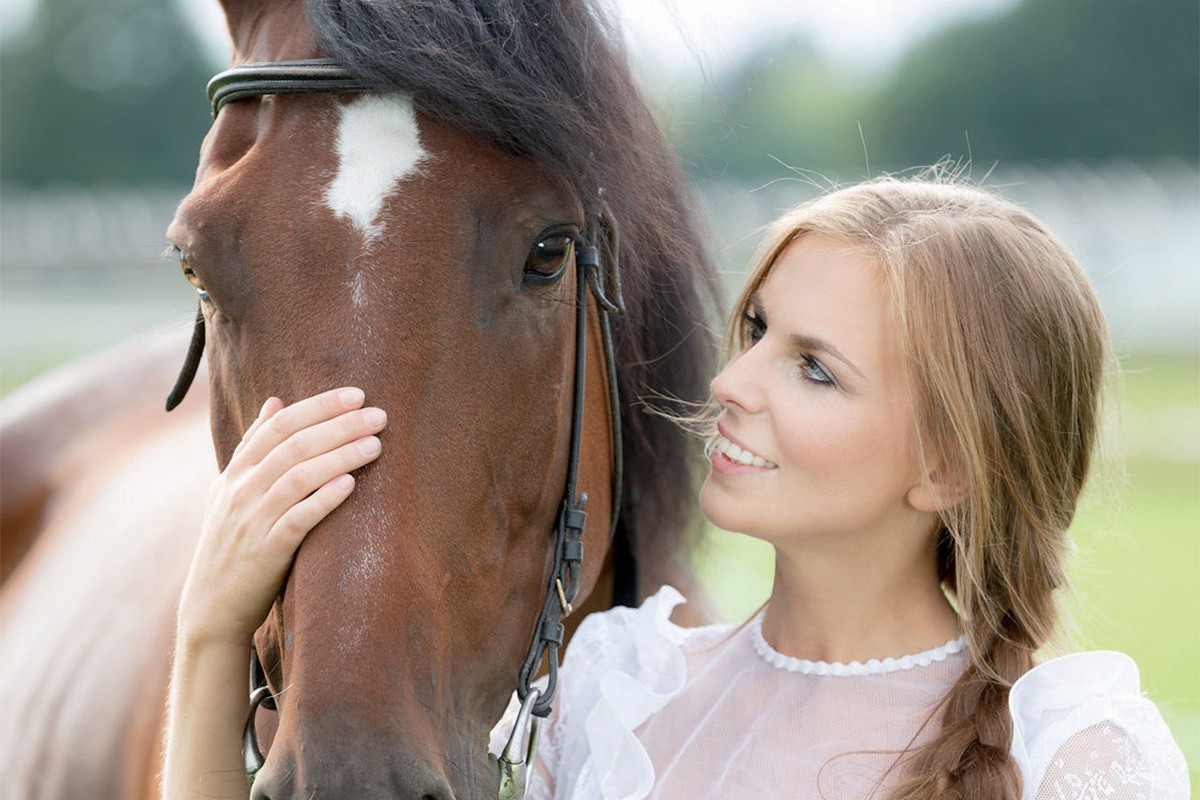
I benefici dell’equitazione per il fisico
L’equitazione è uno sport che permette di raggiungere un buon livello di fitness, con il beneficio di essere praticato all’aria aperta. Il consumo calorico di una passeggiata a cavallo è come quello di una camminata veloce. Durante il dressage si utilizzano le stesse calorie consumate durante la corsa, ed il prendersi cura del cavallo, mantenendo la postura corretta, aiuta a bruciare calorie e conservare il tono muscolare.
Montare a cavallo offe un ottimo esercizio per le gambe, in particolare modo tonifica dei quadricipiti, gli adduttori, ed i glutei, oltre a migliorare il livello generale di benessere cardiovascolare e conseguentemente a migliorare la circolazione delle gambe.
Montare a cavallo inoltre, migliora l’equilibrio e la coordinazione. Quando il cavallo cambia direzione, bisogna impegnare gli addominali e modificare la propria posizione per rimanere sul cavallo e mantenere l’allineamento corretto della schiena.
I muscoli da utilizzare con maggior impegno per assicurarsi una buona tecnica equestre, sono gli addominali (obliquo e trasverso). L’impegno dei muscoli addominali è imperativo non solo per montare con efficacia e migliorare l’andamento del cavallo. Utilizzando gli addominali si migliora il proprio equilibrio posturale sia a cavallo che a terra, e quindi si assumerà una postura più alta e più corretta anche quando si scende da cavallo.
Come si assume un assetto corretto quando si monta a cavallo, e quali sono i benefici di tale assetto?
Quando si monta a cavallo, non si assume una posizione statica, ma per mantenere l’allineamento ideale della parte superiore del proprio corpo bisogna imparare a “dissociare” i movimenti del bacino e della colonna lombare dalla parte superiore del corpo.
Un buona postura richiede che la testa sia in posizione equilibrata sulle spalle, la spina dorsale in perfetto allineamento, le braccia che cadano con gomiti ai lati, i talloni in linea con la parte centrale della giuntura femorale, e con la coscia a quarantacinque gradi dalla retta verticale.
Per riuscire ad assorbire i movimenti del cavallo bisogna impegnare i muscoli addominali profondi e mobilizzare il bacino e la spina lombare. In sintesi, la parte superiore del corpo rimane immobile mentre la parte inferiore assorbe in movimento del cavallo.
Spingere il cavallo in avanti coinvolge inoltre il movimento del muscolo sacrospinale ed il gran dorsale, i quali, insieme ai muscoli addominali profondi, continueranno a garantirvi una schiena forte ed una postura corretta.
Non ci sono dubbi sul fatto che uomini e cavalli abbiano una grande affinità. Ma mentre si monta a cavallo, come per gli altri sport, una buona tecnica è di importanza vitale per il successo e per la prevenzione di infortuni.
La nostra capacità di montare a cavallo si basa non solo su una buona tecnica ma anche su una postura corretta. Il Pilates può aiutare a correggere le alterazioni posturali sia mentre montiamo a cavallo che a terra.
Per quale ragione i cavalli hanno un ruolo così importante nella storia dell’umanità ?
I cavalli personificano i lati più profondi di noi stessi, e dei quali spesso non siamo del tutto consapevoli : la bellezza, la potenza, la forza, la nobiltà, la grazia, la velocità, l’agilità e più di ogni altra cosa, un grande amore incondizionato. L’umanità si è avvicinata ai cavalli da secoli, non solo perché’ hanno provveduto a darci mezzi necessari alla nostra evoluzione, ma anche per la loro bellezza e nobiltà.
è la nostra anima che viene attratta dall’animale al livello più profondo e puro, spesso nascosto da ego e desiderio di dominazione. Per questo motivo la relazione con il cavallo spesso incanta chi si avvicina a questo mondo.
Andare a cavallo o semplicemente essere vicino a cavalli, può aiutare a farci ritrovare una connessione con la nostra anima, e con parti di noi stessi che abbiamo dimenticato o che non ancora conosciamo.
Raggiungiamo parti più autentiche di noi stessi, e riscopriamo il nostro cuore ed il nostro fisico. I cavalli ci permettono di recuperare una dimensione spirituale, semplicemente con la loro presenza.
La prossimità con i cavalli può ridurre il nostro livello di nervosismo, calmarci e aiutarci a riconnetterci con noi stessi. Una volta raggiunto questo stato, siamo in grado di ascoltare il sussurro della nostra anima, e ricordare cose che avevamo dimenticato nel nostro quotidiano, come la nostra stessa forza, nobiltà e grazia. Quando li montiamo, i cavalli possono aiutarci a raggiungere stati di libertà e agilità fisica e spirituale che non saremmo in grado di raggiungere da soli. In questo modo ci liberiamo da preoccupazioni mondane per un po’ di tempo. Diventiamo una cosa sola con il cavallo, e raggiungiamo una dimensione altamente terapeutica.
Cosa bisogna fare durante il primo approccio con un cavallo che non conosciamo?
Quando ci si avvicina ad un cavallo, è importante innanzitutto identificare le proprie emozioni. Siamo calmi? Nervosi? Felici? Tristi ? E fisicamente, com’è il nostro respiro ? E il battito? E il nostro livello di energia ? Si tratta di energia nervosa ? Bisogna sempre dare ai cavalli tempo di notarvi e controllare se vi considerano una minaccia o meno. Se sembrano ricettivi, ci si può avvicinare con un atteggiamento calmo e benevolo, e offrire la nostra mano per permettere loro di odorarla.
Non è corretto avvicinarsi e toccarli immediatamente – si tratta di un atteggiamento invadente perché la maggior parte dei cavalli non ama essere toccato da chi non conosce. Raccomando quindi di offrire la mano inizialmente. Se il cavallo si gira dall’altro lato e/o abbassa e mantiene abbassate le orecchie, si tratta di un segnale, in quel momento ed in quel luogo non desidera essere toccato. Nel caso contrario, il posto migliore per offrire loro una carezza è la spalla o il collo.
La regola generale per gli approcci e interazioni con il cavallo, è quella del rispetto del loro spazio fisico ed emotivo. Non bisognerebbe imporsi subito, ma verificare inizialmente in nostro stato interiore e sviluppare una relazione reciproca. Il rapporto a due, accettato dal cavallo è un elemento chiave, senza il quale si otterranno difficoltà e stress piuttosto che una relazione benevola. Non bisognerebbe dare la precedenza ai nostri obiettivi, ma mantenere una connessione nel tempo e ristabilirla qualora essa venga persa.
Lascia che il cavallo sia il tuo specchio, che rifletta in ogni momento le emozioni che provi, ed il mondo il cui ti avvicini a lui. Presta attenzione al feedback che il cavallo ti manda – i suoi movimenti sono i segnali di quanto sia a suo agio con te e felice.
Quando mostriamo rispetto verso i cavalli, e ci apriamo ad imparare da loro, ci risolleviamo dai problemi di tutti i giorni e raggiungiamo uno stato di equilibrio e benessere, sia andando a cavallo, attraverso interazioni terapeutiche o semplicemente passando del tempo con questi meravigliosi esseri.
How riding horses is beneficial to our body…
Riding is a sport that allows us to reach a good level of fitness with the added benefit of being practiced in the open air. In terms of calories expenditure, when we are out hacking, we use the same amount of calories as brisk walking, dressage training is equivalent to running, and looking after a horse, while maintaining a good posture, also helps burn calories and keep muscles toned.
Riding provides a good level of exercise for the legs, with a particular focus on strengthening the quads, hamstrings, and gluts, on top of the general cardiovascular fitness and consequent improvement in leg circulation.
Riding also helps improve balance and coordination. When the horse changes direction you need to engage your core and adjust your body position to stay on the horse and maintain an upright posture. The crucial muscle group you need to engage in order to ensure good riding technique is your core muscles which include the oblique abdominal muscles and transversus abdominis.
Core engagement is imperative not just to stay on the horse, but to ride effectively and improve the horse’s way of going. Engaging your core improves your posture on and off the horse, resulting in a taller and better posture even after riding.
How do we achieve the correct alignment while riding and what are its benefits ?
When you ride, the position of your body is not static but in order to maintain the ideal alignment of the upper body you have to learn to dissociate the movement of your pelvis and lumbar spine from the upper body. Good upright posture requires your head to be balanced on your shoulders, your spine to be in perfect alignment, your arms to hang with your elbows by their side, heels in line with the middle of your hip joint with your thighs at 45 degrees from the vertical line. In order to absorb the horse’s movement, you need to engage the core and mobilize your pelvis and lumbar spine. To summarise, the upper body stays still while the lower body absorbs the movement of the horse. Riding your horse forward also involves the erector spinae and the latissimus dorsi muscles, which, together with the core, will contribute to giving you back strength and correct posture.
There is no doubt that man and horse have a special affinity. But with riding, as with all other sports, good technique is crucial to success and the prevention of injury or strain. Our ability to ride not only relies on good technique, but on good posture. Pilates can help to correct postural faults, on and off the horse.
….and our soul
Interview with the Eponaquest facilitator Angela Dunning
Why have horses been of such great value to humans ?
Horses embody aspects of our deepest selves that we are mostly unconscious of: beauty, power, strength, nobility, majesty, grace, speed, agility and, above all, huge amounts of unconditional love. Humans have been drawn to horses for centuries, not only as they have provided us with the means to evolve as a species but also because of their beauty and nobility.
What is it in horses that attracts people, often so suddently and deeply ?
I believe that it is our soul that is attracted to the horse at these deepest purest levels, beneath where ego and dominance lay, which is why our relationship with horses endures and beguiles us so. Riding and simply being around horses can bring us back to a deeper connection with our own soul and aspects of ourselves that we have forgotten or don’t yet know.
We reach more authentic places in ourselves, we can connect with our heart and body, and horses can transport us to a spiritually transcendent place simply by standing beside us. Just being around horses can reduce our arousal levels, calm us and ground us into a more mindful place within. When we reach this state we are able then to connect with our soul more easily, we can listen to the whispers of our soul’s voice and maybe even remember things that we have forgotten in our daily lives, like our own power, nobility and grace.
When we ride horses, they can help us reach physical and spiritual states of freedom, flight and speed that we cannot achieve alone; in that sense they enable our soul to fly freely, unencumbered by earthly mundane matters for a time. We are one with the horse and tap into mythical dimensions where we and the horse blend together, enabling us to reach new heights.
What should we be doing when we first approach a horse ?
When first approaching a horse it is important to be mindful of how you are feeling emotionally. Calm? Nervous? Happy? Sad? And physically – How is my breathing? How is my heart rate? Are my legs wobbly? Do I have butterflies in my tummy? And also how is your energy? Is it high and either excitable or nervous energy? Always give the horse time to notice you and check you out as to whether they feel you are a threat or not to them. If they seem receptive, then approach with a calm loving attitude and just offer the horse your hand to smell. Do not just approach a horse and touch them – that is very invasive, and most if not all horses prefer not to be touched by a stranger.
Instead I recommend that you invite touch by asking and offering you hand but if they turn away or put their ears back, then take that as a sign that they don’t wish to be touched in that moment, or in that place. The best place to offer touch is on the horse’s neck and shoulder area.
How can riders improve their relationship with their horse?
The rule of thumb for all approaches and interactions including working with horses is to respect their physical and emotional boundaries, don’t impose yourself on them, check where you are inside first and begin to develop a two-way relationship throughout all of your time together. Relationship is key to horses, without that you will have difficulty and stress rather than a loving mutual relationship. Don’t prioritise your goals over the relationship, maintain a connection all the time, if you lose it, re-establish it first then continue.
Be willing to allow your horse/s to be a mirror for you – to reflect back to you in each moment how you are feeling and how your approach is. Pay attention all the time to the horse’s feedback to you – his physical movements are the biggest indicator of how comfortable and happy or not your horse is.
When we approach horse in this way and are open to learning from them with an open-heart, truly remarkable experiences can happen. Our soul thrives on this and feels uplifted from the daily grind. Horses really can transport us to a happy, more balanced state of well-being whether through therapeutic interactions, riding or just spending time with a herd of horses.


